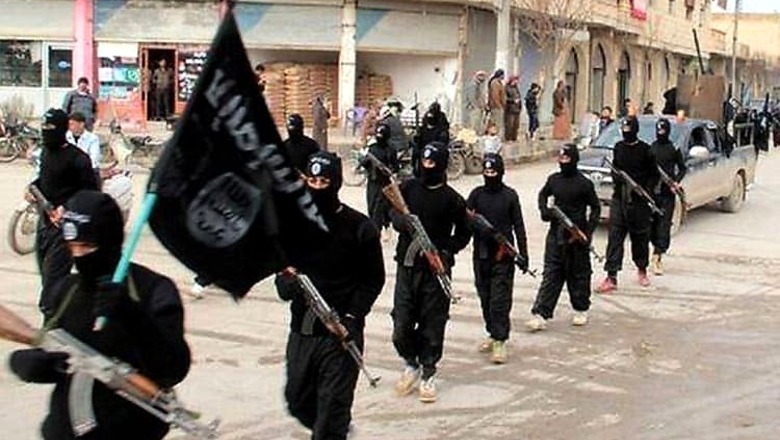
views
Geneva: One eight-year-old was repeatedly sold and raped, while another girl set herself on fire to make herself less attractive to her jihadist captors.
These are only two of the more than 1,400 horror stories German doctor Jan Ilhan Kizilhan has heard first-hand from Yazidi women and girls once enslaved by Islamic State jihadists in Iraq.
"They have been through hell," he said.
Kizilhan heads a project that has brought 1,100 women and girls to Germany to help heal their deep physical and psychological wounds.
The project, run by German state Baden-Wurttemberg, first began flying in the traumatised victims from northern Iraq last April, and brought the last group over earlier this month. It was in 2014 that authorities in Baden-Wurttemberg decided to act.
At the time, IS jihadists were making a lightning advance in northern Iraq, massacring Yazidis in their villages, forcing tens of thousands to flee and kidnapping thousands of girls and women to force them into sexual slavery.
The United Nations has described the IS attack on the Yazidi minority as a possible genocide.
"It is really an urgent situation," Kizilhan said, calling on other countries and states to follow Baden-Wurttemberg's example.
The southwest German state budgeted 95 million euros ($104 million) to the project and asked Kizilhan and his team to decide which of the victims could benefit most from the move.
The doctor said another 1,200 Yazidi women and girls once held by IS would also benefit from similar programmes elsewhere - as would the estimated 3,800 believed to remain in captivity, if they make it out.
He explained that the women who managed to escape from IS found themselves back in their deeply conservative communities in northern Iraq with little to no access to psychological help to work through the unspeakable horrors they had experienced.
"These women really need specialised treatment. If we don't help them, who will?" he asked, speaking on the sidelines of an international conference of human rights
defenders in Geneva.
Most of the girls and women in the programme were between 16 and 20, he said, adding that the oldest was in her 40s. The youngest was eight.

















Comments
0 comment